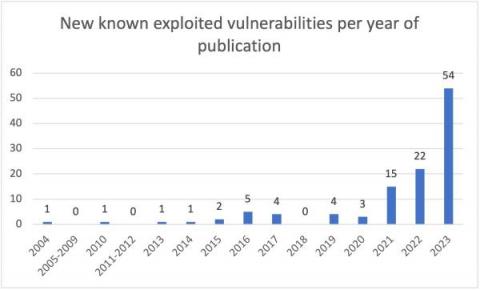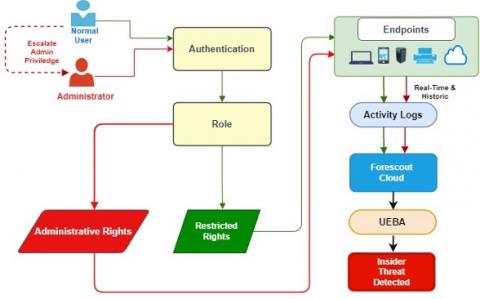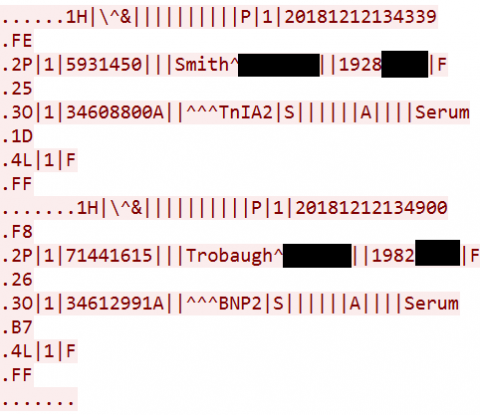R4IoT: When Ransomware Meets the Internet of Things
Originally published June 1, 2022 In mid-2022, Forescout Research – Vedere Labs developed R4IoT, a proof-of-concept that showed how IoT devices could become entry points for IT and further OT ransomware attacks. The original blog post, below, explains how we came to create R4IoT and why. Our 2023H1 Threat Review included ample evidence that cross-device attacks like R4IoT are now a reality.









